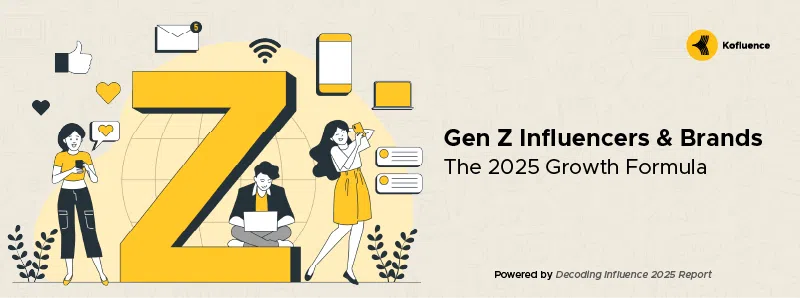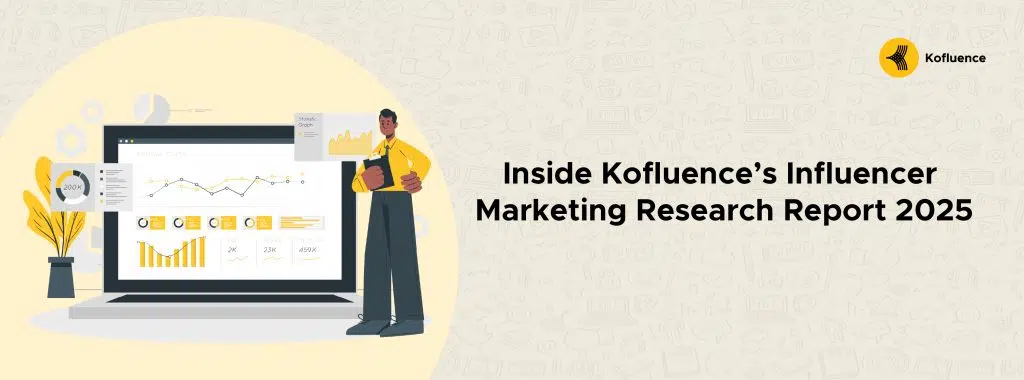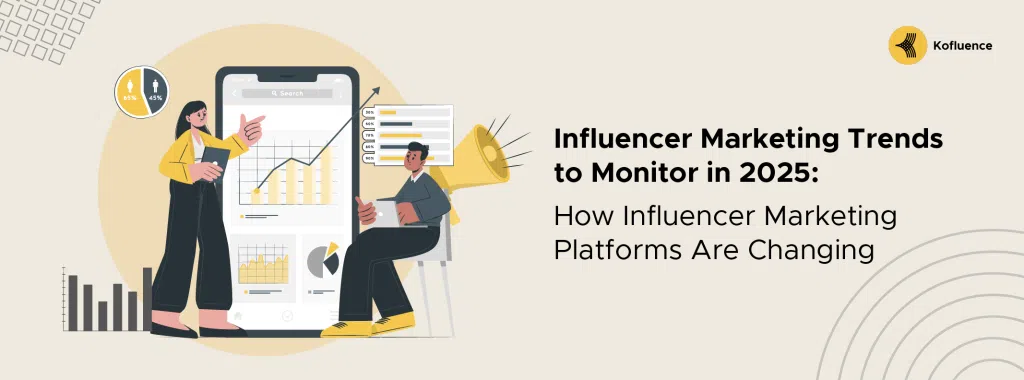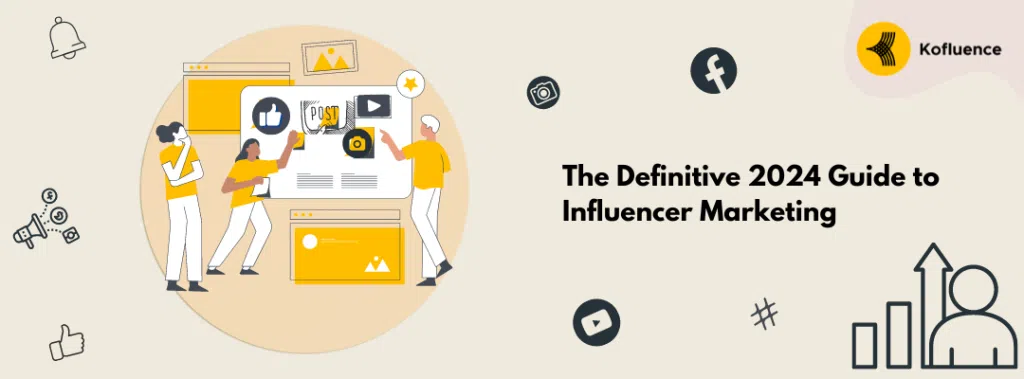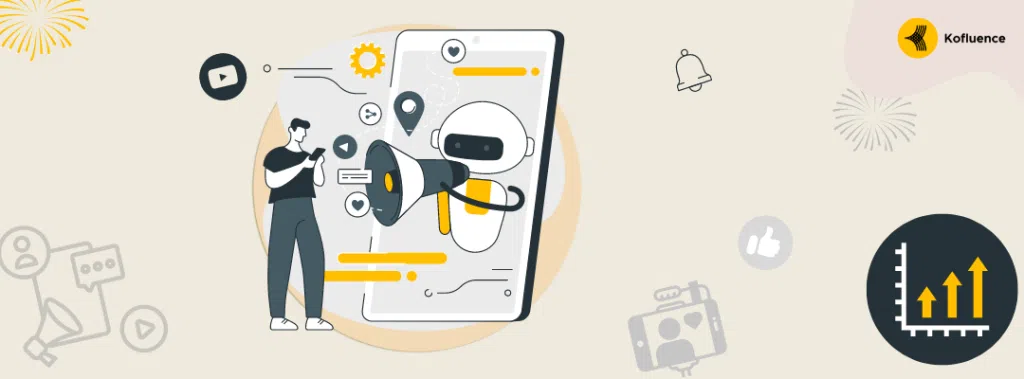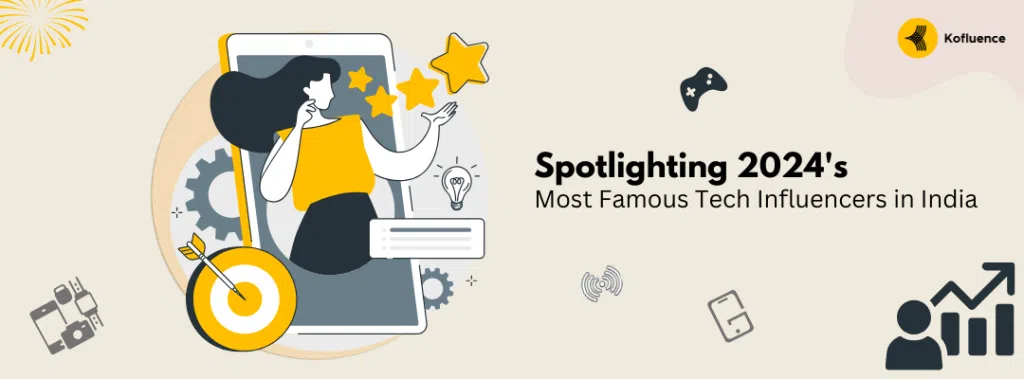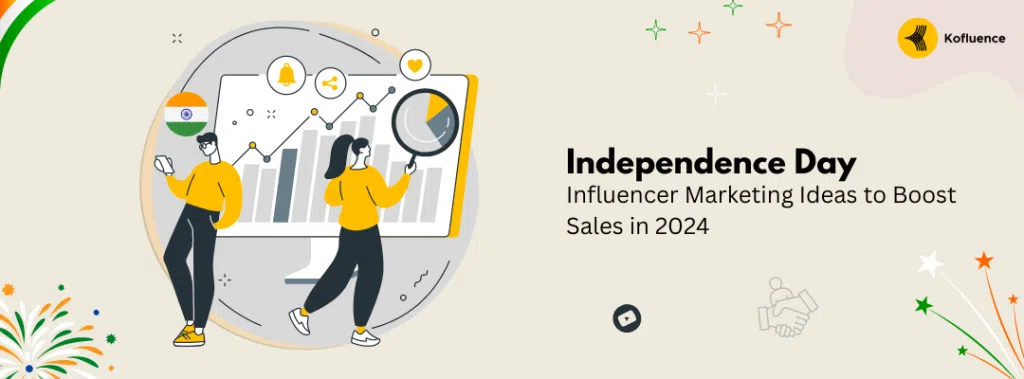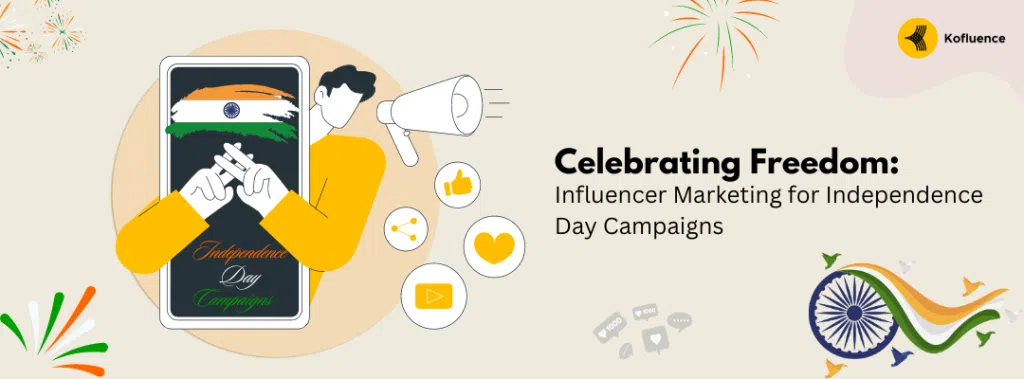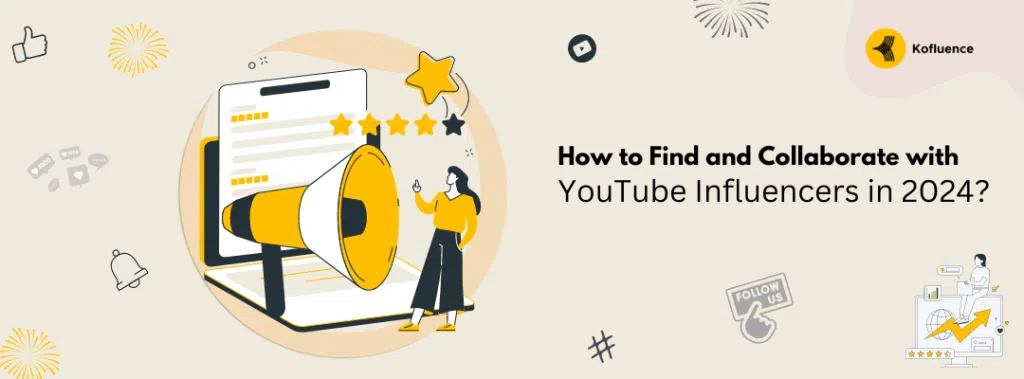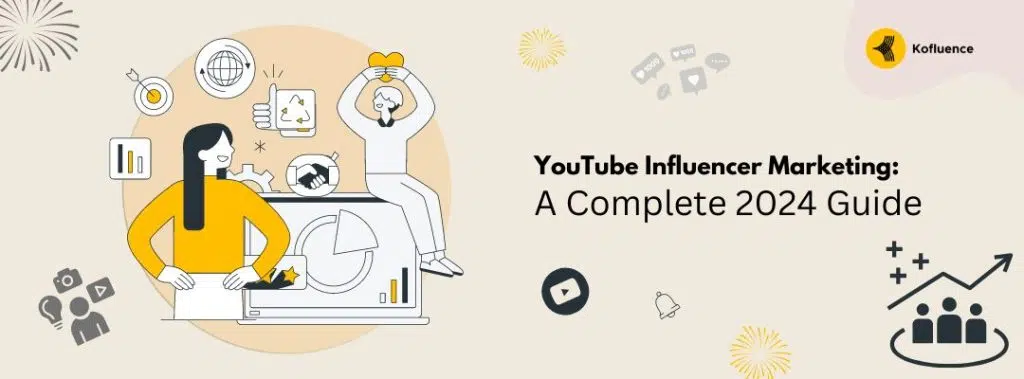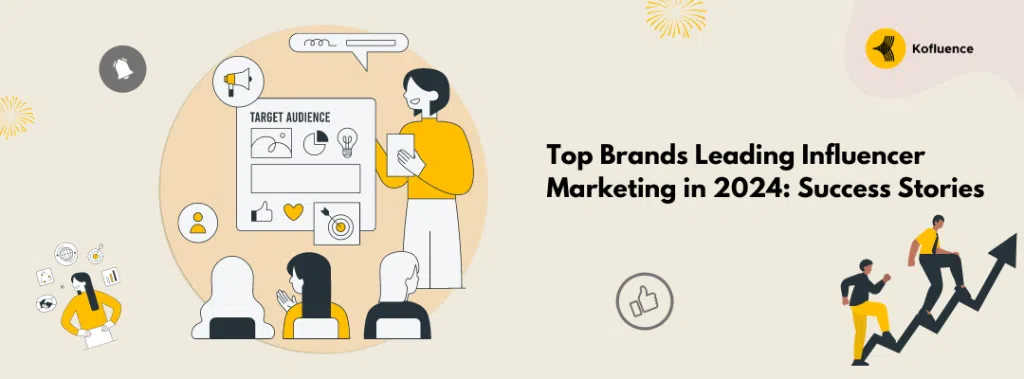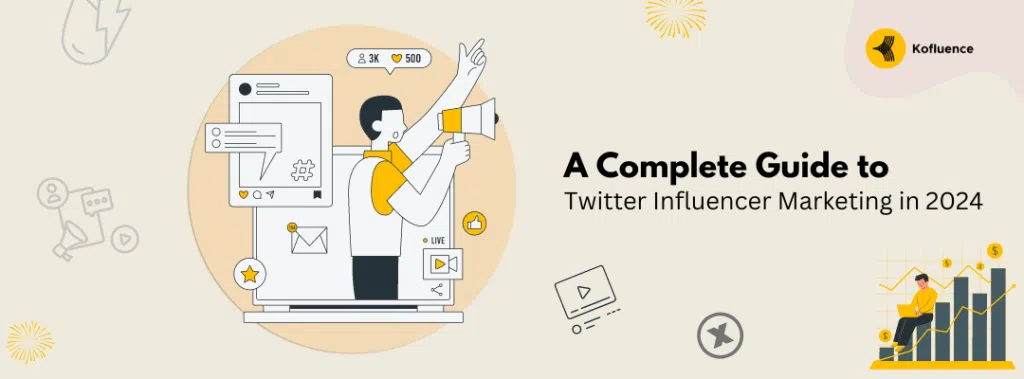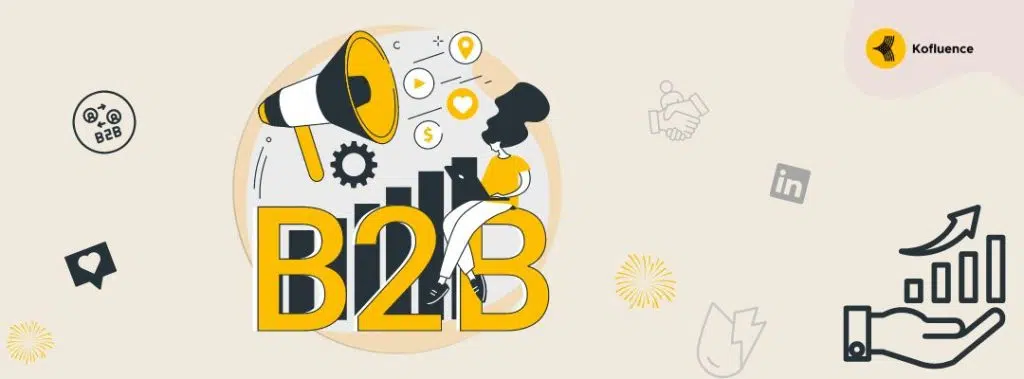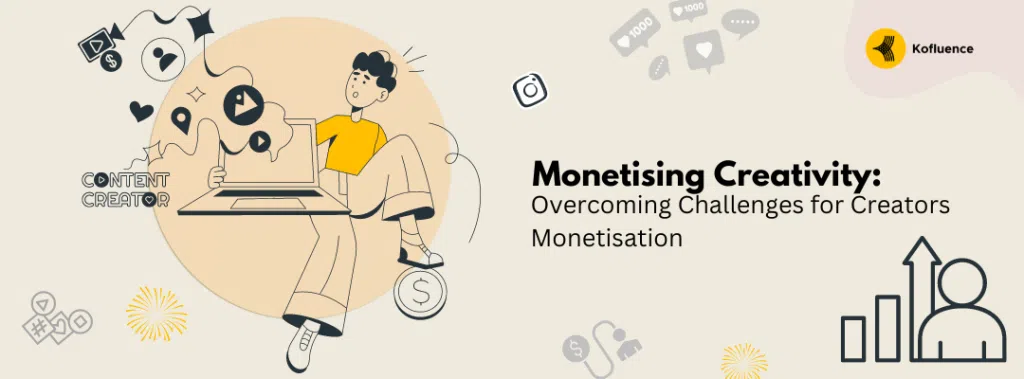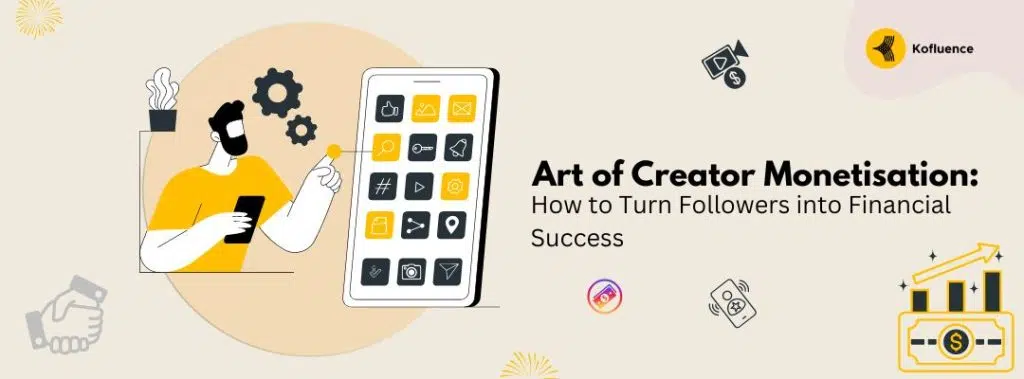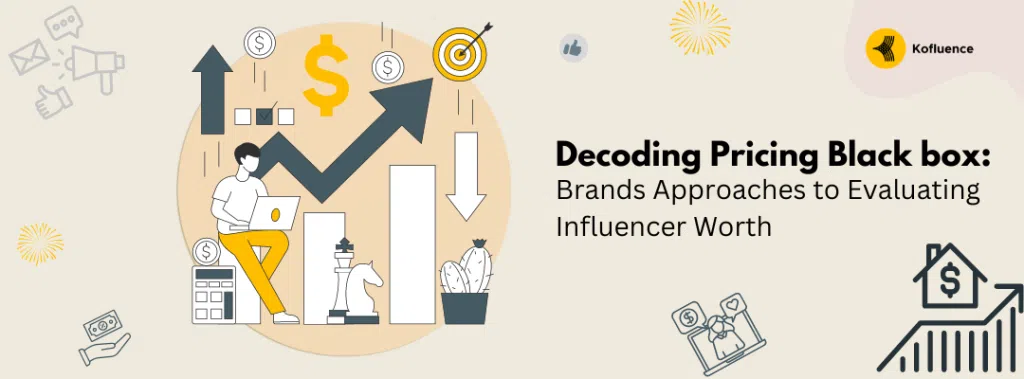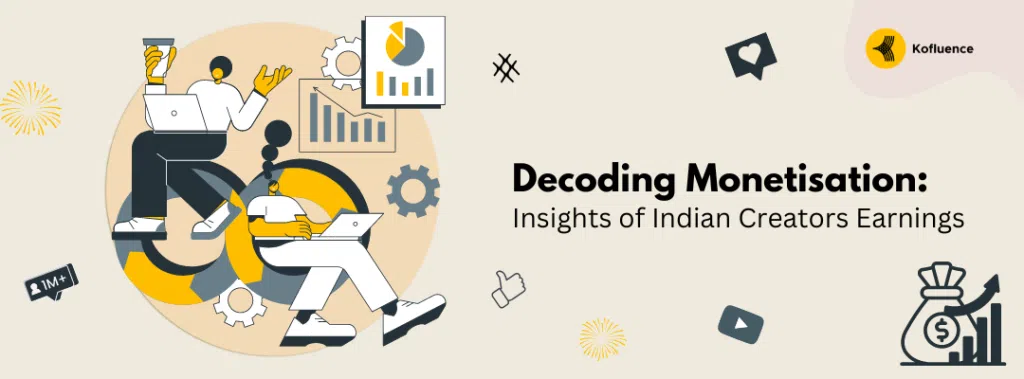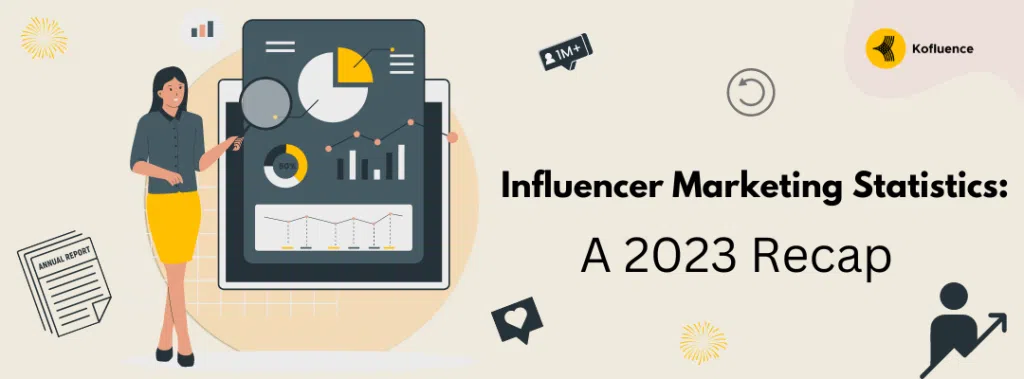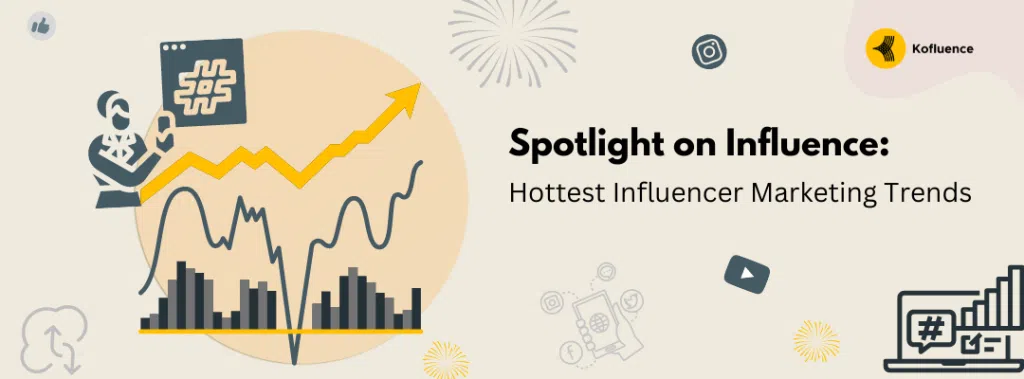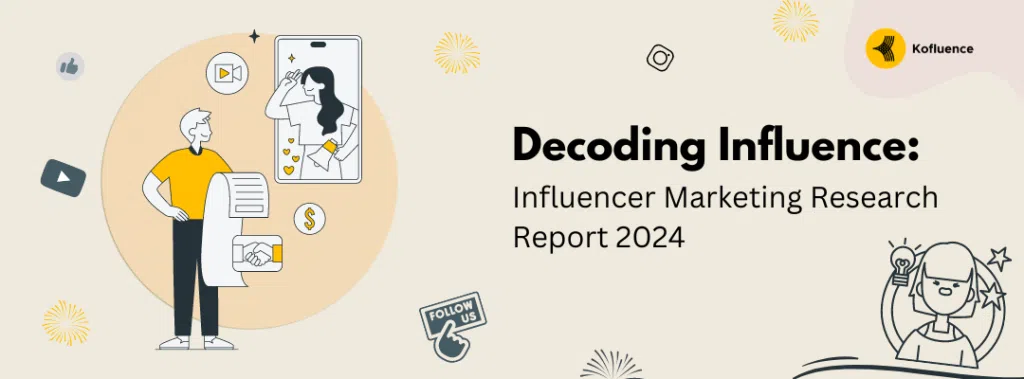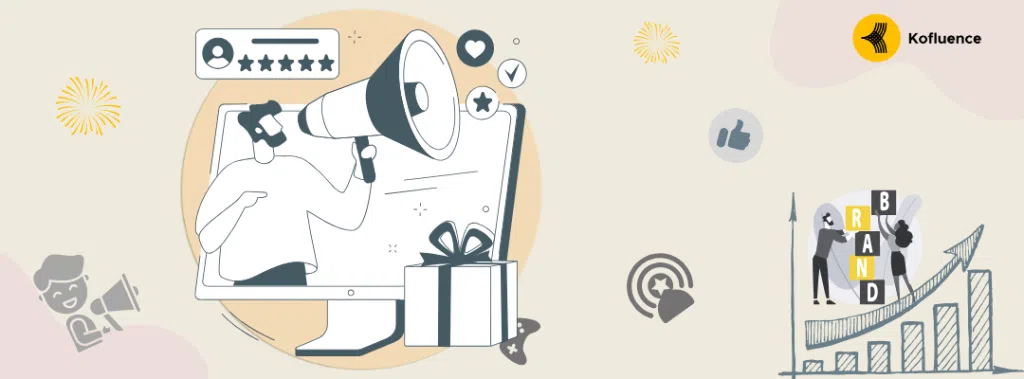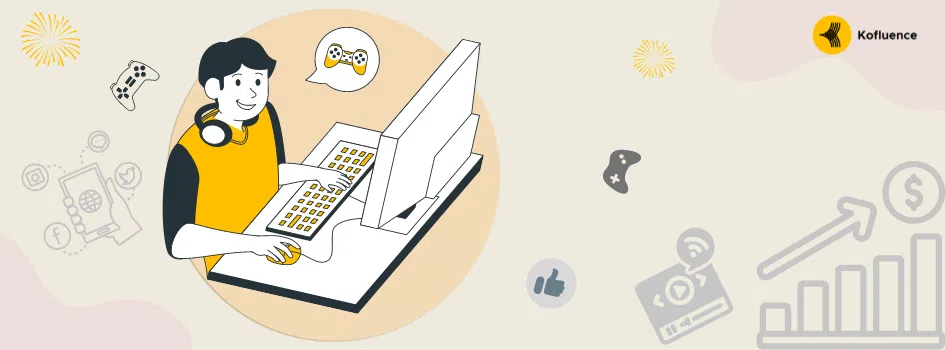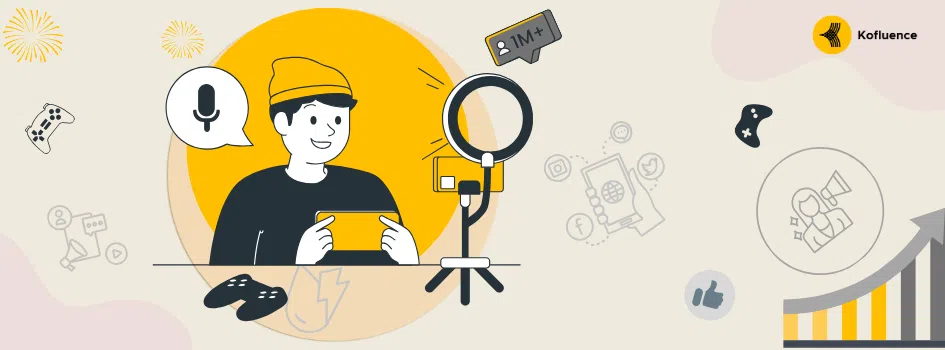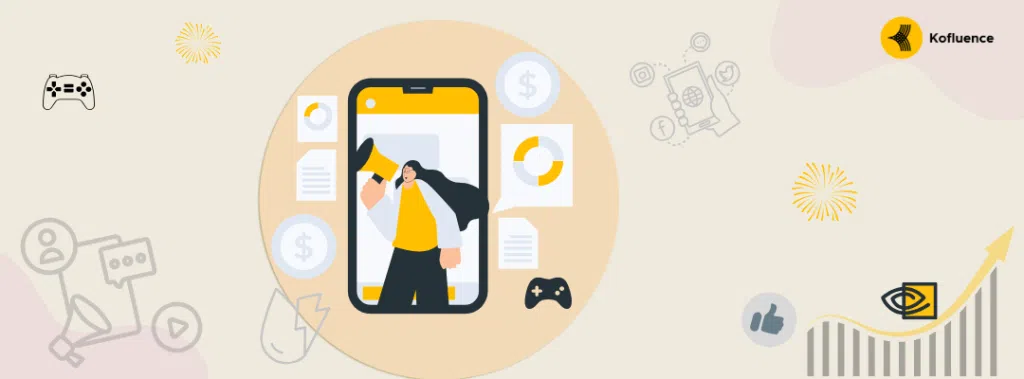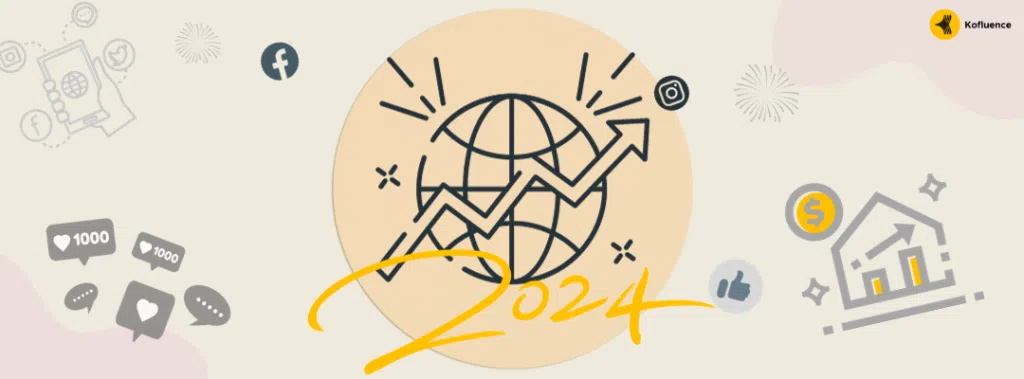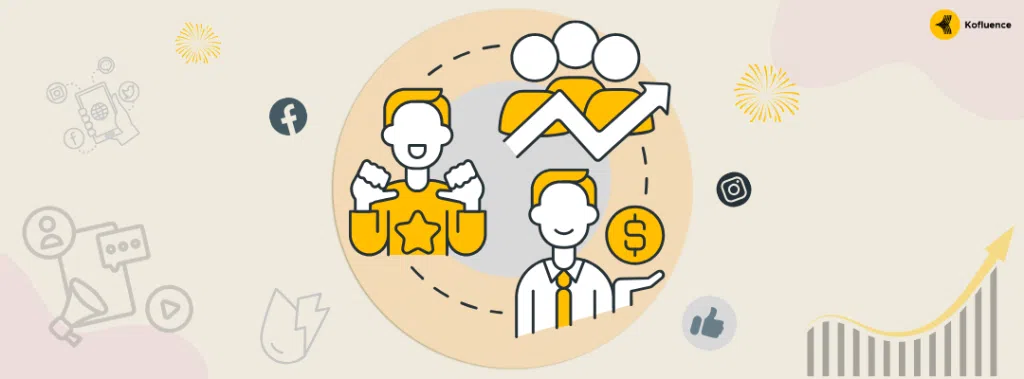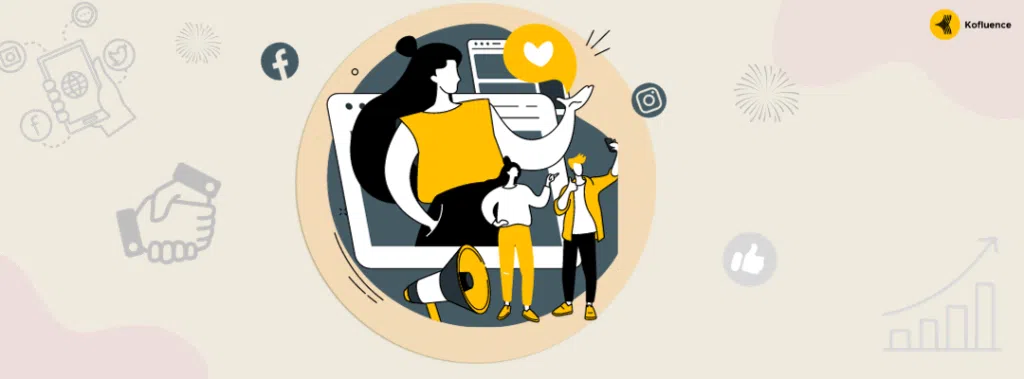Smart influencer marketing budget allocation is not just about setting aside funds; it is about aligning spending with the right creators, platforms, and the campaign goals. Influencer marketing spend in India is growing at an annual CAGR of around 22%, as brands across industries increasingly recognise its unmatched ability to build genuine connections with audiences.
But as influencer marketing has become a key part of modern brand strategy, the question is not whether to invest – but how much we must, as well as where to spend it for the best results. In this blog, we look at the trends shaping budgets, proven ways to divide your spend, and best practices to help your brand succeed in today’s competitive creator economy.
The numbers speak for themselves. With the creator economy 2025 maturing, brands are no longer experimenting, but also embedding influencer campaigns into the very fabric of their marketing mix. Our report shows that influencer marketing budget allocation in 2025 has become a deliberate, structured process. Businesses are moving from ad-hoc spends to long-term strategies tied to measurable influencer marketing ROI 2025.
1. Budget Integration Strategies
A notable 73% of the brands presently integrate their influencer marketing budget allocation 2025 within broader digital marketing plans, as opposed to only 15% holding separate influencer budgets, and 7% connecting them solely with event-driven campaigns. Only 5% have no set allocation.
This marks a significant shift — in 2025, influencer marketing is no longer treated as a standalone strategy. It is now integrated with other marketing channels and supported by specialised influencer marketing tools, enabling smoother and more efficient execution for brands.
💡Kofluence Insight: Combining influencer campaigns with larger digital plans keeps the messaging consistent, as well as boosting ROI across all channels.
2. Engagement Takes Centre Stage
Up until recently, “reach” was the go-to metric. However, that’s changing. Our influencer marketing report shows:
- 31% of brands focus on engagement metrics
- 27% care most about reach & visibility
- 23% track conversion metrics
- 15% value brand awareness
- Only 4% look at other factors
This shows brands are moving away from vanity numbers and using influencer marketing ROI 2025 to measure real audience connection.
💡Kofluence Insight: A genuinely engaged audience is worth more than a large but passive one – specifically for the conversion-focused campaigns.
3. Partnering for Campaign Management
Over 80% of the brands nowadays largely rely on external partners to boost the influencer campaign management effectively. The breakdown shows:
- 45% make use of a mix of in-house and partner support
- 37% solely rely on influencer marketing platform for brands
- 18% manages it entirely in-house
Brands are becoming increasingly sophisticated in their use of influencer marketing tools — leveraging them not only to identify the right creators, but also to manage analytics, streamline content approvals, and accurately track ROI.
💡Kofluence Insight: Blending in-house expertise with external platform capabilities doesn’t just improve efficiency — it closes the “context gap.” In-house teams understand brand nuance and audience sentiment, while external tools bring unbiased data patterns that internal biases often overlook.
4. How Often Are Budgets Reviewed?
In 2025, brands are adopting varied approaches to reviewing influencer marketing budgets, as shown by recent data:
- 46% of brands review their influencer budgets once a year
- 34% conduct budget reviews quarterly
- 12% adjust budgets monthly
- 8% follow an ad-hoc review schedule
This distribution reflects how organizations balance long-term planning with the need for agility in an increasingly dynamic marketing landscape. Annual reviews provide stability and alignment with overall financial cycles, while more frequent reviews allow brands to quickly respond to market shifts and campaign performance.
💡Kofluence Insight: To maximize ROI, brands should adopt a hybrid approach, setting a baseline budget annually but performing quarterly or monthly performance assessments. This ensures a strong strategic foundation while maintaining the flexibility to optimize spend based on real-time insights.
5. Where Budgets Increase Most
The influencer marketing report 2025 highlights the key factors prompting brands to increase their budgets, revealing how strategic priorities and market dynamics shape influencer marketing spend.
- 25% – New brand launches
- 22% – Seasonal or festive campaigns
- 20% – Successful past campaigns
- 10% – Competitive pressure
- 8% – Company growth & increased marketing allocation
- 8% – Increased consumer demand or interest
- 7% – Expansion into new markets or demographics
New brand launches top the list, reflecting how influencer marketing strategies play a critical role in creating early brand awareness, authentic engagement, and audience trust from day one. Seasonal and festive campaigns closely follow, demonstrating brands’ reliance on influencer collaborations, content marketing, and social media campaigns to tap into heightened consumer spending periods and boost campaign ROI effectively.
As micro influencer rates in India for 2025 continue to evolve, brands are increasingly investing in these creators to leverage their niche audiences for more targeted and cost-effective campaigns.
💡Kofluence Insight: Brands that strategically time budget increases around launches and peak seasons tend to maximize impact, while ongoing success and market dynamics drive sustained investment in influencer marketing.
Platform-Level Best Practices: Where to Invest Your Budget
Picking the right platform is key for smart influencer marketing budget allocation 2025. The report shows:
- Instagram leads with 51% of total influencer marketing expenditure, due to its strong engagement metrics – averaging a 4.7% engagement rate and an impressive 81% views per follower. Its varied content formats, especially Reels and Stories, make it ideal for quick, impactful campaigns.
- YouTube is next with 28% spend share, great for long-form content that excels in verticals like Finance, Fashion, and Education. YouTube content lasts longer and helps people remember the message better.
- Other platforms like Facebook (5%), LinkedIn (6%), X (7%), and local short-video apps (3%) also have special roles based on who your audience is and the kind of content you make.
💡Kofluence Insight: Spend more on platforms that match your brand’s audience and content style. Choose quality engagement over just reach to get the best results from your influencer marketing ROI 2025.
Content Genres That Drive Value
Different types of content perform differently on each platform. Instagram’s algorithm prefers fresh, engaging posts that disappear quickly, making them great for quick promotions. YouTube is best for videos that keep getting attention over time, making it ideal for detailed and evergreen content.
For example, micro influencer rates India 2025 vary widely depending on content type:
- Fashion content on YouTube has a 0.25–0.35 CPV rate with about 5.8% engagement.
- Finance and Crypto content, which is often niche and full of detailed info, gets about 2.1% engagement.
- Food and Cooking channels see 2.7% engagement and have cost-friendly CPV rates.
- Health and Fitness influencers tend to get around 4.1% engagement, but they cost a bit more.
Knowing these details helps brands negotiate better and spend their budget where they’ll get the best results.
💡Kofluence Insight: Create content around cultural events and festivals to take advantage of peak audience interest. Stay adaptable and ready to move budgets toward new trends and fresh creator styles.
Best Practices for Marketers in Influencer Marketing Budget Allocation 2025
- Anchor Budgets to Clear ROI Goals
Link your influencer marketing budget allocation 2025 to clear and measurable goals. Whether your aim is brand awareness, conversions, or customer retention, make sure that your spending matches the influencer marketing ROI that you want to achieve. - Adopt a Test-and-Scale Approach
Instead of spending the full influencer marketing spend at once, allocate a part for the pilot campaigns. Use the early performance data to fine-tune strategies and scale high-performing influencer collaborations. - Prioritise Engagement Over Vanity Metrics
Focus on influencer marketing ROI through engagement rates, content quality, as well as community interaction-not just impressions or follower counts. - Diversify Creator Mix
Balance budgets between mega influencers for reach and micro/nano creators for authenticity and cost-efficient micro influencer rates India 2025. - Optimise by Platform Strengths
-
- Instagram: Best for lifestyle, beauty, fashion storytelling.
- YouTube: Ideal for product explainers and deep engagement.
- X (Twitter): Great for real-time conversations.
- Short-form video platforms: High discovery potential in 2025’s creator economy.
- Build Long-term Relationships
Reserve a part of the budget for long-term brand ambassador partnerships to ensure consistency and higher cumulative influencer marketing ROI 2025. - Keep a Flexible Reserve Fund
Set aside 10–15% for unplanned opportunities-like viral trends or timely influencer collaborations-that align with brand goals. - Integrate Influencer Spend with Overall Marketing
Ensure influencer campaigns complement other channels for a unified brand story. This reflects the trend seen in the Influencer Marketing Report 2025, where 73% of brands integrate influencer budgets within broader marketing strategies.
💡Kofluence Insight: Budget allocation is as much about where you invest as how much you invest.
The Road Ahead
The creator economy 2025 is reshaping brand-consumer relationships. Influencer marketing spend will continue climbing – but the brands that thrive will be those that plan smartly, measure impact rigorously, and adapt quickly.
Ready to elevate your influencer marketing investment? Regardless of your organization’s size or budget, thoughtful strategy combined with data-driven insights can unlock greater campaign impact and maximize your ROI. If you found this blog helpful, browse through our website for other blogs on similar topics, or get in touch with us for your next influencer marketing campaign!
Source: All data referenced from the Kofluence Annual Report 2025 – Decoding Influence 2025
Frequently Asked Questions
- What’s the ideal influencer marketing budget allocation for 2025?
According to the latest influencer marketing report 2025, most top brands include their influencer marketing budget allocation 2025 as part of their broader digital marketing spend. Typically, brands allocate around 15–25% of their digital marketing budget to influencer campaign management. The exact amount varies based on industry, campaign goals, and target audience, but this range reflects a balanced investment in influencer marketing ROI 2025.
- How do micro influencer rates in India compare for 2025?
The Kofluence report highlights that micro influencer rates India 2025 vary significantly depending on the platform and niche. For example, fashion influencers on YouTube may charge between 0.25–0.35 CPV, while health and fitness creators tend to command higher rates, around 0.6–0.8 CPV. These differences emphasize the importance of evaluating influencer marketing costs India 2024 not just by follower count but by audience engagement and content relevance.
- Which platforms are best for brand collaboration with influencers?
Based on the influencer marketing benchmark report 2025, Instagram dominates, capturing over half of brand spending, followed by YouTube at 28%. Choosing the right influencer marketing platform for brands depends largely on your target audience and preferred content formats. Brands looking to optimize their campaigns should consider platforms offering advanced influencer marketing tools for brands that support streamlined workflow and performance tracking.
- How can brands measure influencer marketing ROI effectively?
To measure influencer marketing ROI 2025, brands should start by setting clear goals and selecting relevant KPIs like engagement, reach, and conversions. Utilizing unique tracking links and promo codes helps attribute results accurately. Integrating insights from influencer marketing performance case studies and leveraging analytics through platforms like the Kofluence influencer marketing platform India enables brands to analyze campaign effectiveness in real time.
- What are the key influencer marketing trends for 2025?
The influencer marketing trends 2025 emphasize deeper integration with broader digital strategies, prioritizing authentic, long-term partnerships over one-off collaborations. The expanding creator economy 2025 fuels demand for specialized influencer marketing campaign templates and platforms that facilitate efficient influencer campaign management.

